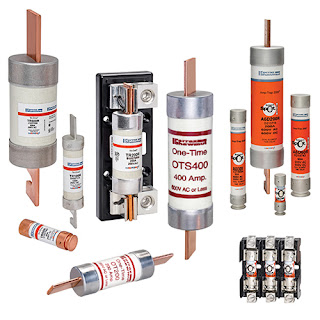TI infuses C2000™ Concerto™ dual-core microcontrollers with higher performance, increased memory and more I/Os in a smaller package
The dual-core Concerto microcontrollers are supported by C2000's controlSUITE™ software which includes an intuitive software ecosystem, application libraries, demos and examples, as well as TI's Eclipse-based Code Composer Studio™ integrated development environment (IDE) v5.
TI-RTOS™, a new, deterministic, scalable real-time operating system (RTOS), is fully integrated with the Code Composer Studio IDE and available at no cost and royalty free. It provides low-overhead communication mechanisms between the ARM Cortex-M3 and C28x cores, enabling developers to get started right out of the box and easily exchange command-and-control data buffers. These newest Concerto microcontrollers are code compatible across the entire C2000 microcontroller platform for scalability and code reuse in energy-efficient applications.
Features and benefits of Concerto F28M36x microcontroller systems:
- Real-time control subsystem with TI's C28x 150 Mhz digital signal processor with floating point and the Viterbi Complex Math Unit.
- Smaller package size and more connectivity than previous Concerto microcontrollers – 289-pin (ball), 16x16 mm nFBGA package with .8 mm ball pitch to allow more input/output (I/O) connectivity.
- Industry-leading control peripherals for control and power conversion in energy-efficient applications.
- Robust host communication subsystem based on 125 Mhz Cortex-M3 and connectivity peripherals such as Ethernet, USB On-The-Go, dual CAN and multiple serial communication ports, enable functions such as data sharing, diagnostics and monitoring.
- High-performance pulse-width modulation (PWM) peripherals increase the control resolution in switching power supplies and motor control systems
- Memory includes up to 1.5 MB of flash and 232 KB RAM for storage.
- Simple development environment supports programming each subsystem independently
- TI-RTOS for builds on the SYSBIOS real-time kernel and controlSUITE middleware and peripheral libraries and provides TCP/IP, USB host and device, a FAT file system, and drivers all completely integrated and tested in a multithreaded environment to enable engineers to begin development immediately. It uses the same real-time kernel on both cores to provide a uniform programming environment in which developers can quickly switch tasks from one core to another to optimize system performance.


Comments